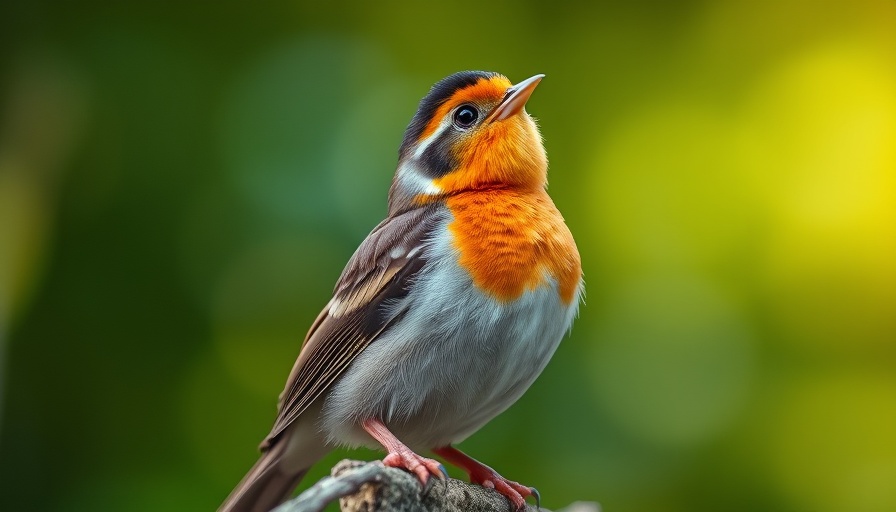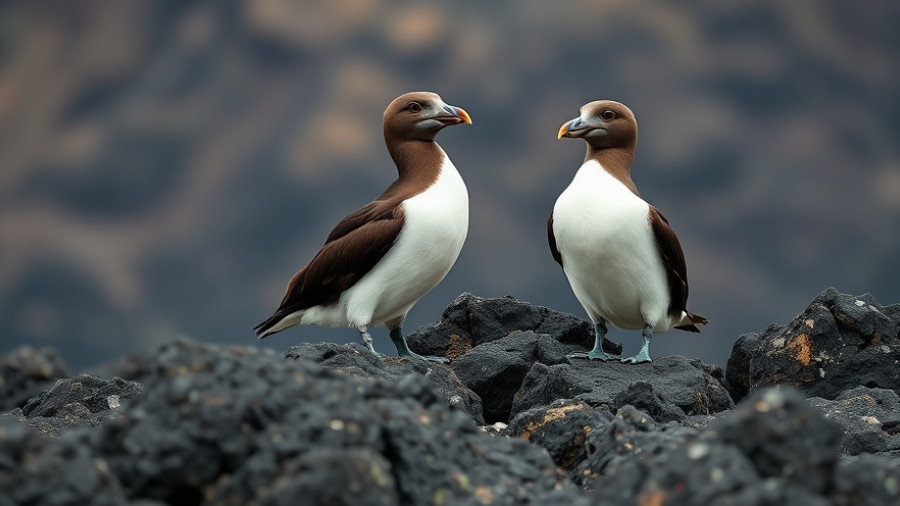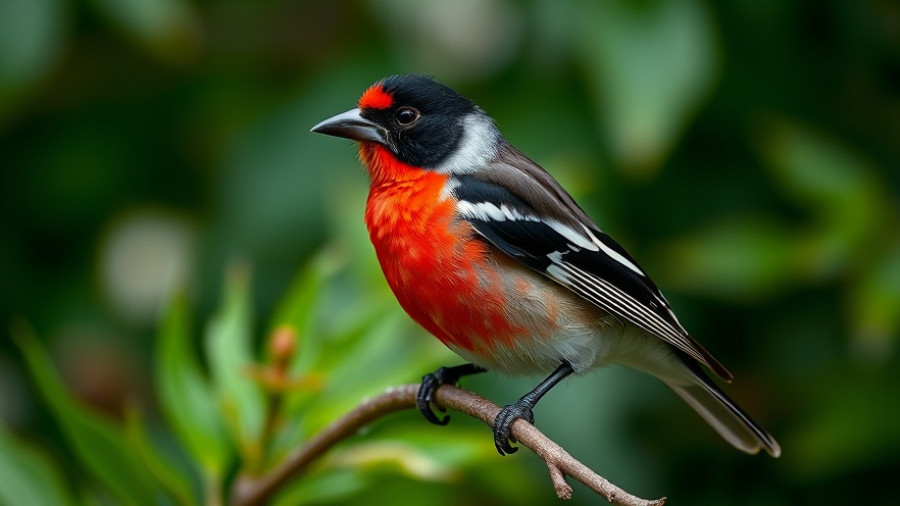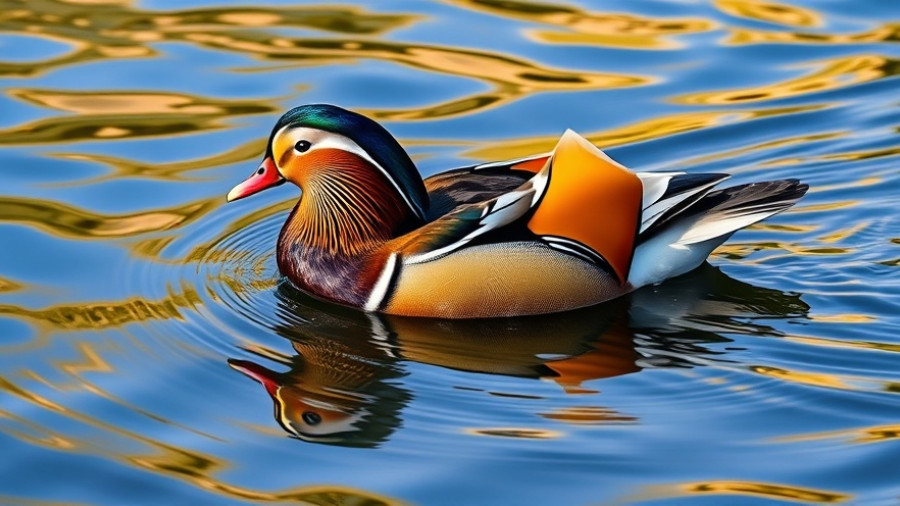
Unexpected Helpers: The Power of Community
In a heartwarming narrative of nature and humanity, the rescue of a young American Robin becomes a symbol of unexpected connections. When Adé Ben-Salahuddin, a budding evolutionary biologist, stumbled upon a fledgling trapped in a chain-link fence, he decided to take action. However, it wasn't just Adé's efforts that made the difference; an elderly Black woman, who shared her own dreams of becoming a veterinarian, stepped in to assist. This moment showcases how collective knowledge and experience can bridge generational gaps, reminding us that help can come from the most unexpected places.
A Lesson in Compassion
The encounter resonated deeply with both Adé and the woman, who remarked, "God wanted us to meet this morning." This sentiment emphasizes the importance of compassion and connection, especially in a world where individualism often overshadows community spirit. Helping a creature in need transcends the act itself; it cultivates a sense of responsibility and care within those involved.
Black Birders Week: Celebrating Diversity in Ornithology
Moreover, Adé's story is particularly relevant as this week marks Black Birders Week, a celebration of diverse voices in birdwatching and conservation. This initiative aims to empower and uplift Black naturalists, encouraging broader representation within the field. The symbolism of passing a purple handkerchief from one generation to another encapsulates the hope and potential of future Black ornithologists.
Connection Through Nature: A Call to Action
As we reflect on stories like Adé’s, we should also consider how we can engage with our communities and the natural world. Whether it’s through participating in events like Black Birders Week or simply taking the time to help a creature in need, each action contributes to a greater understanding of our shared environment. Let's carry forward the lesson of connection and compassion, encouraging others to embrace the beauty of our natural world.
 Add Row
Add Row  Add
Add 




Write A Comment